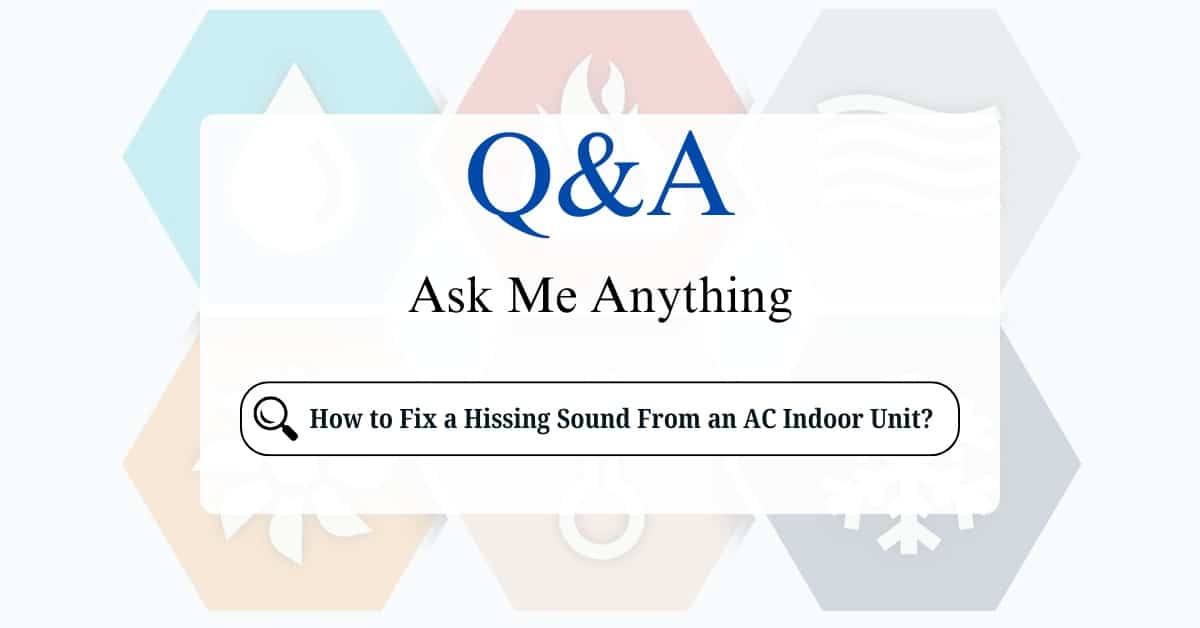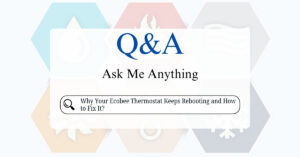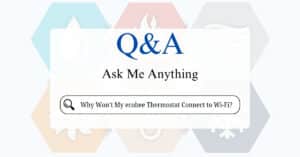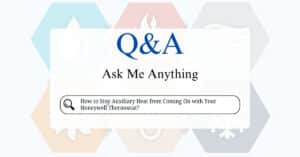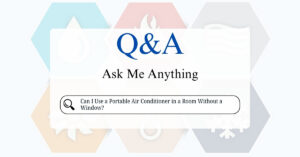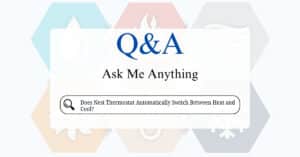A hissing sound coming from your AC indoor unit could indicate issues ranging from minor airflow obstructions to more serious problems like refrigerant leaks. Here’s how to diagnose and resolve the issue.
What to do first: Turn off the AC unit immediately!
1. Turn Off the AC System
- Turn off the thermostat and shut off power to the system to ensure safety while inspecting the unit.
2. Inspect the Air Filter
- A dirty or clogged air filter can restrict airflow, causing a hissing or whistling sound.
- Remove the air filter and inspect it for dirt or debris.
- Clean or replace the filter if necessary.
- Check the filter monthly to maintain optimal airflow.
3. Check for Air Leaks in Ductwork
- Leaks in your duct system can cause a hissing noise as air escapes through gaps or holes.
- Inspect visible sections of ductwork near the indoor unit.
- Look for disconnected, loose, or damaged duct joints.
- Seal small gaps or holes with duct tape or mastic sealant. For extensive damage, contact a professional.
4. Examine the Refrigerant Lines
- A hissing sound could indicate a refrigerant leak, especially if accompanied by reduced cooling performance or ice buildup on the evaporator coils.
- Locate the refrigerant lines (copper tubing) near the indoor unit.
- Look for oily residue, frost, or hissing near the connections or joints, which may signal a leak.
- If a refrigerant leak is suspected, do not attempt to fix it yourself. Call a licensed HVAC technician to diagnose and repair the leak safely.
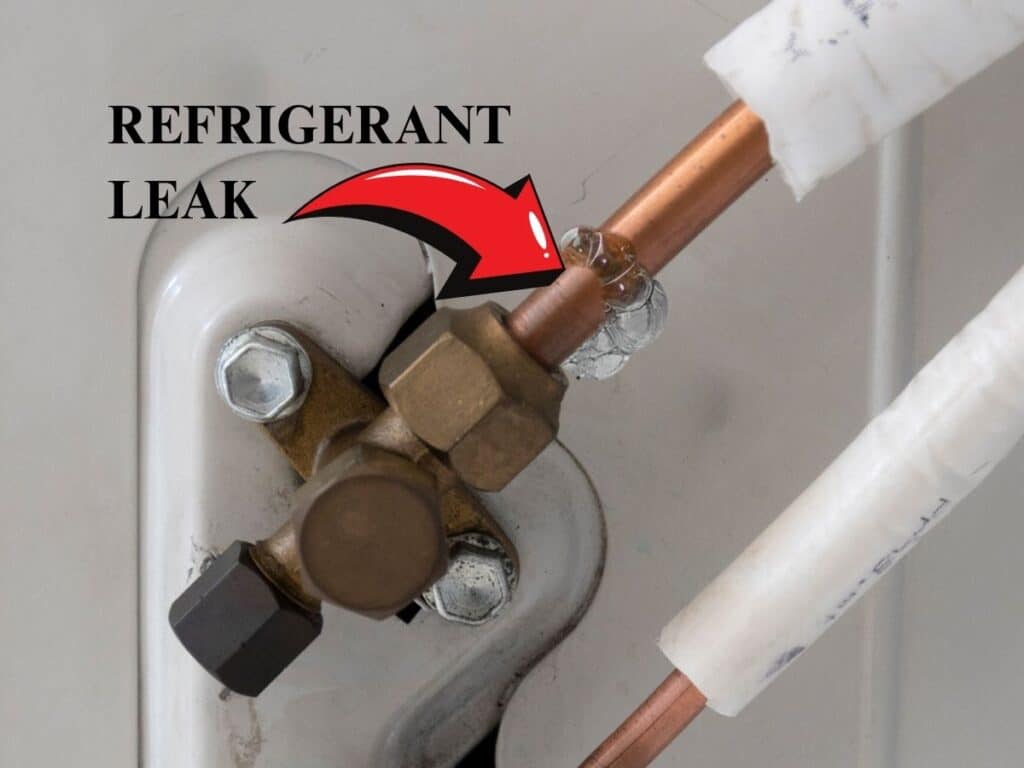
5. Inspect the Expansion Valve
- A slight hissing sound near the evaporator coil is normal as the refrigerant passes through the expansion valve.
- If the hissing is louder than usual or persistent, it could indicate a problem with the valve.
- Contact an HVAC technician to inspect and, if necessary, repair or replace the valve.
6. Check the Drain Line
- A clogged or partially blocked condensate drain line can create a hissing or gurgling noise.
- Locate the drain line near the indoor unit.
- Use a wet/dry vacuum or a thin brush to clear any clogs.
7. Inspect the Indoor Unit Fan
- The blower fan inside the indoor unit may produce a hissing or whistling noise if it’s dirty or obstructed.
- Remove the access panel to inspect the fan blades.
- Clean the blades with a damp cloth if they are dirty.
- Ensure no objects are obstructing the fan.
8. Test the System
- After addressing potential causes, restore power to the AC system and monitor the indoor unit for any remaining hissing sounds.
- If the sound persists, a professional may be needed to further inspect it.
If your AC indoor unit is making a hissing sound, the most likely cause is a refrigerant leak, which requires immediate attention from an HVAC technician to locate and repair the leak; do not attempt to fix this yourself as it can be dangerous; other potential causes include a clogged air filter, leaky air ducts, or issues with the unit’s components, so check these first, but if the hissing persists, contact a professional to diagnose and fix the problem.
Common Causes of Hissing Sounds
- Airflow Restrictions: Dirty filters, closed vents, or blocked ducts.
- Duct Leaks: Gaps or holes in ductwork.
- Refrigerant Leaks: Loss of refrigerant due to a puncture or aging components.
- Normal Operation: Mild hissing near the expansion valve or during pressure equalization in the system.
When to Call a Professional
- You suspect a refrigerant leak.
- The hissing sound persists after basic troubleshooting.
- You notice additional symptoms like poor cooling, ice buildup, or error codes on the thermostat.
Preventing Hissing Sounds
- Perform regular maintenance, including cleaning or replacing air filters.
- Schedule annual HVAC tune-ups to inspect for duct leaks, refrigerant issues, and component wear.
- Keep vents and ducts clean and unobstructed to ensure proper airflow.
By following these steps, you can identify and address the cause of a hissing sound from your AC indoor unit. If the problem persists, seek professional assistance to ensure the system operates safely and efficiently.
